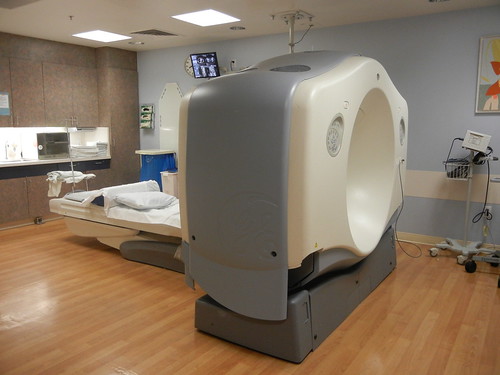After being called “the new AIDS of the Americas,”
Chagas, a tropical disease spread by insects, is beginning to cause some
concern.
The Public Library of Science’s Neglected Tropical
Diseases is the medical journal that published the article on Chagas. The editorial
said that the spread of the disease resembles the early years of HIV.
The tropical disease, also known as American trypanosomiasis,
has affected more than eight million people, where most of the infected live in
Latin and Central America. However, 300,000 people have been infected in the United
States.
HIV is a sexually-transmitted disease, whereas Chagas is
a disease caused by parasites transmitted to humans through blood-sucking
insects.
The insects that can infect you are called the “kissing
bugs.” As it is ingest your blood, it is excreting the parasite at the same
time. When you begin scratching the bug bite, you’re infected when the parasite
moves into the wound.
The two diseases are similar in some ways, however.
Both diseases require expansive and expensive treatment
and are prone to affect those living in poverty. Also, many patients affected
do not have access to health care facilities.
The disease kills up to 20,000 people each year, and is
hard or impossible to cure, according to The New York Times. Approximately 20
percent of those affected by Chagas develop a serious and life-threatening form
of the disease.
Chagas can be transmitted from mother to child as well as
by blood transfusions. Treatment of Chagas involves taking very harsh drugs for
up to three months. Unfortunately, the drugs will only work if the disease is
caught early.
Snyder and Wenner, P.C.
602-224-0005
